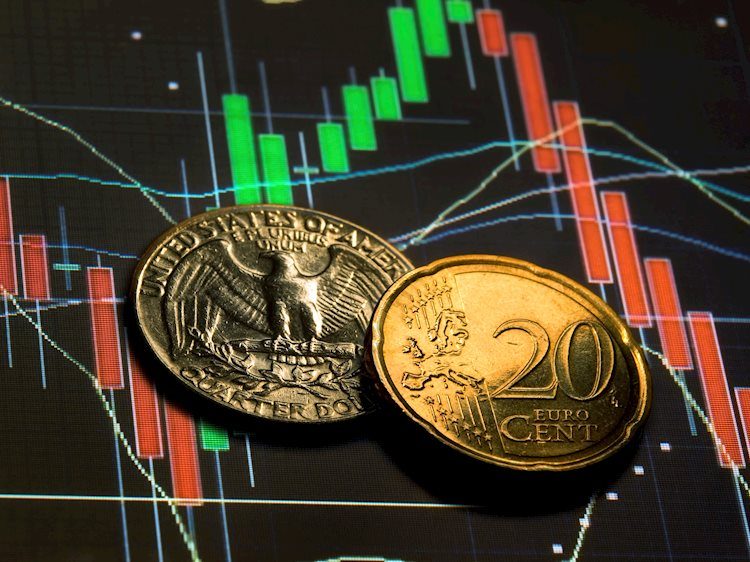
- EUR/USD reclaimed the 1.0900 barrier and above.
- The Dollar plummeted on the dovish tone by Powell.
- The Federal Reserve kept its policy rates unchanged.
The recent upward momentum in the Greenback suddenly halted on Wednesday, sparking instead a meaningful correction to the 103.40 region when tracked by the USD Index (DXY) in response to the bearish message from Chief Powell at his press conference after the Federal Reserve left its interest rates intact on Wednesday.
Against that, the risk complex shrugged off part of the recent weakness, while EUR/USD managed to surpass the 1.0900 barrier, or four-day tops.
Back to the FOMC, the Fed expects its interest rates to be reduced until inflation reaches the 2% target. The Fed anticipates one rate cut in 2025 and a 3.1% median outlook for the Fed funds rate by the end of 2026, a rise from the previous estimate of 2.9%.
At his press conference, Chair Powell delivered a dovish tone after he praised the economy’s progress, citing robust consumer demand and supply chain recovery. However, high interest rates have hindered business investment. Despite this, the labour market remains tight, with supply and demand aligning better. He hinted at potential rate cuts later this year, emphasizing the need for confidence in inflation’s sustainable decrease before making such decisions.
The pair’s recovery, in the meantime, came on the back of further weakness in US yields in the short end and the belly of the curve, while 10-year bund yields added to Tuesday’s losses near 2.40%.
Examining the broader macroeconomic landscape, both the Federal Reserve (Fed) and the European Central Bank (ECB) are anticipated to initiate their easing cycles, potentially commencing in June. However, the pace of subsequent interest rate cuts may differ, leading to potentially divergent strategies for the two central banks. Nevertheless, the ECB is not expected to significantly lag behind the Fed.
Based on the FedWatch Tool provided by CME Group, the likelihood of a rate cut in June has risen past 62%.
Overall, the relatively sluggish fundamentals of the euro area, combined with the resilient US economy, reinforce expectations of a stronger Dollar in the medium term, particularly as both the ECB and the Fed potentially implement their easing measures almost simultaneously. In such a scenario, EUR/USD could undergo a more notable correction, initially aiming for its YTD low around 1.0700 before potentially revisiting the lows observed in late October 2023 or early November in the 1.0500 vicinity.
EUR/USD daily chart
On the upside, EUR/USD is projected to test its initial resistance at the March top of 1.0981 (March 8), followed by the weekly peak of 1.0998 (January 11) and the psychological barrier of 1.1000. Further advances from here could return to the December 2023 high of 1.1139 (December 28).
A sustained break below the crucial 200-day SMA at 1.0839 could set off a deeper fall to the 2024 low of 1.0694 (February 14). Down from here, the November 2023 low of 1.0516 (November 1) is followed by the weekly low of 1.0495 (October 13, 2023), the 2023 bottom of 1.0448 (October 3), and the round level of 1.0400.
The four-hour chart shows that the negative trend appears exhausted for the time being. That said, the next upward obstacle appears to be 1.0921, followed by 1.0963 and 1.0998.
The initial level of support is 1.0834, which is closely followed by the 200-SMA of 1.0830 and 1.0761. In contrast, The Moving Average Convergence Divergence (MACD) remained in the negative territory, while the Relative Strength Index (RSI) jumped past 63.
